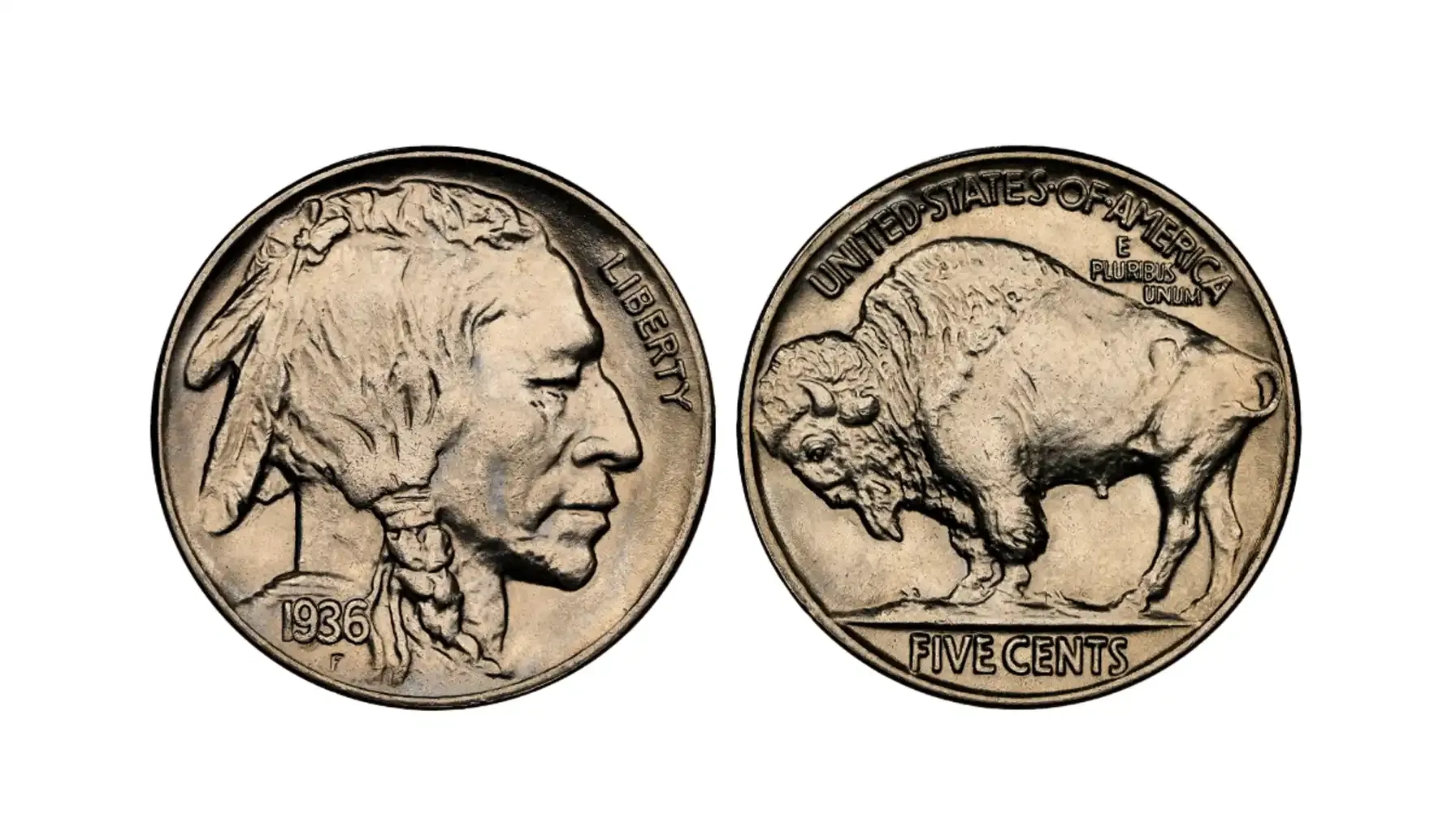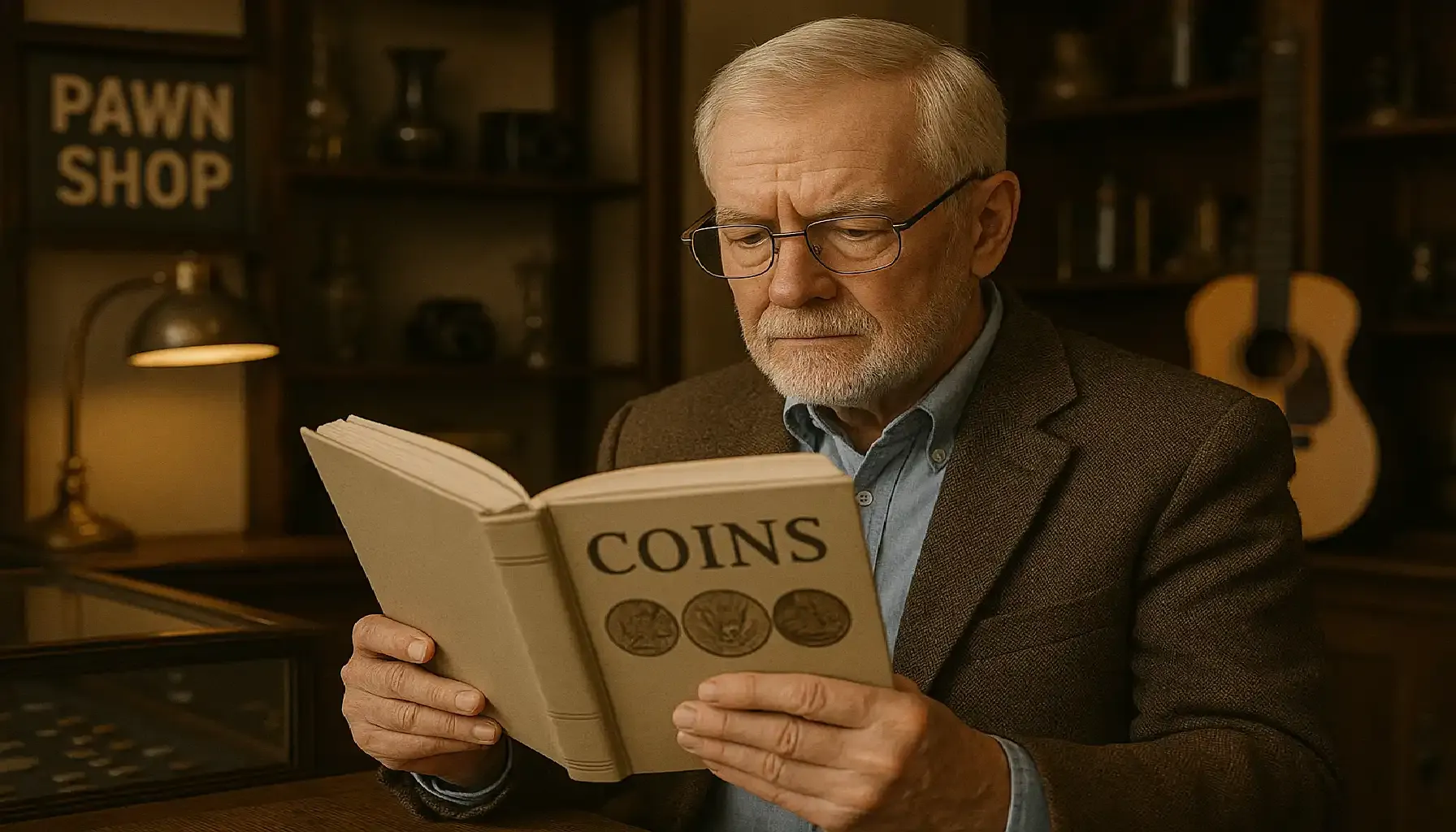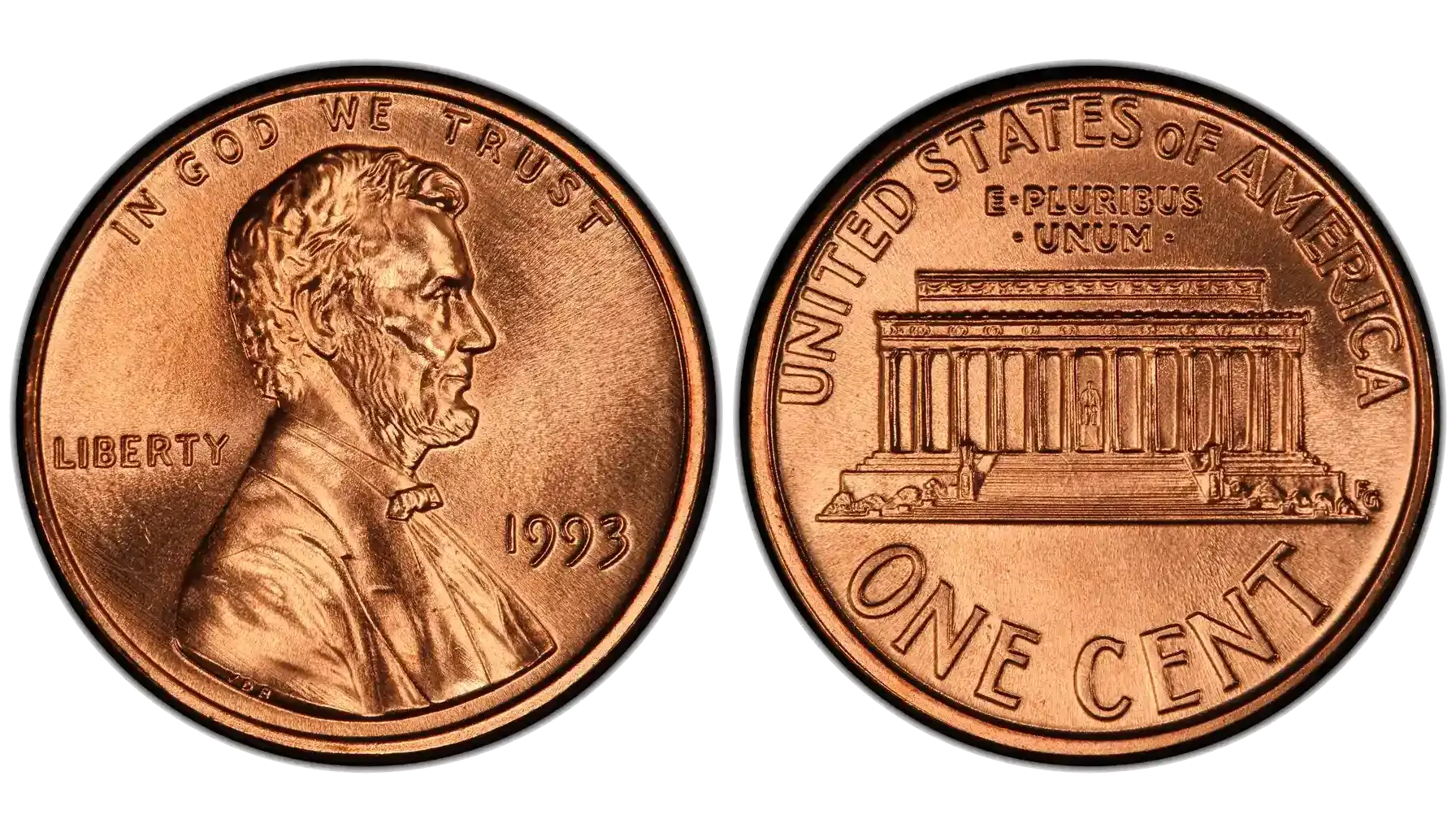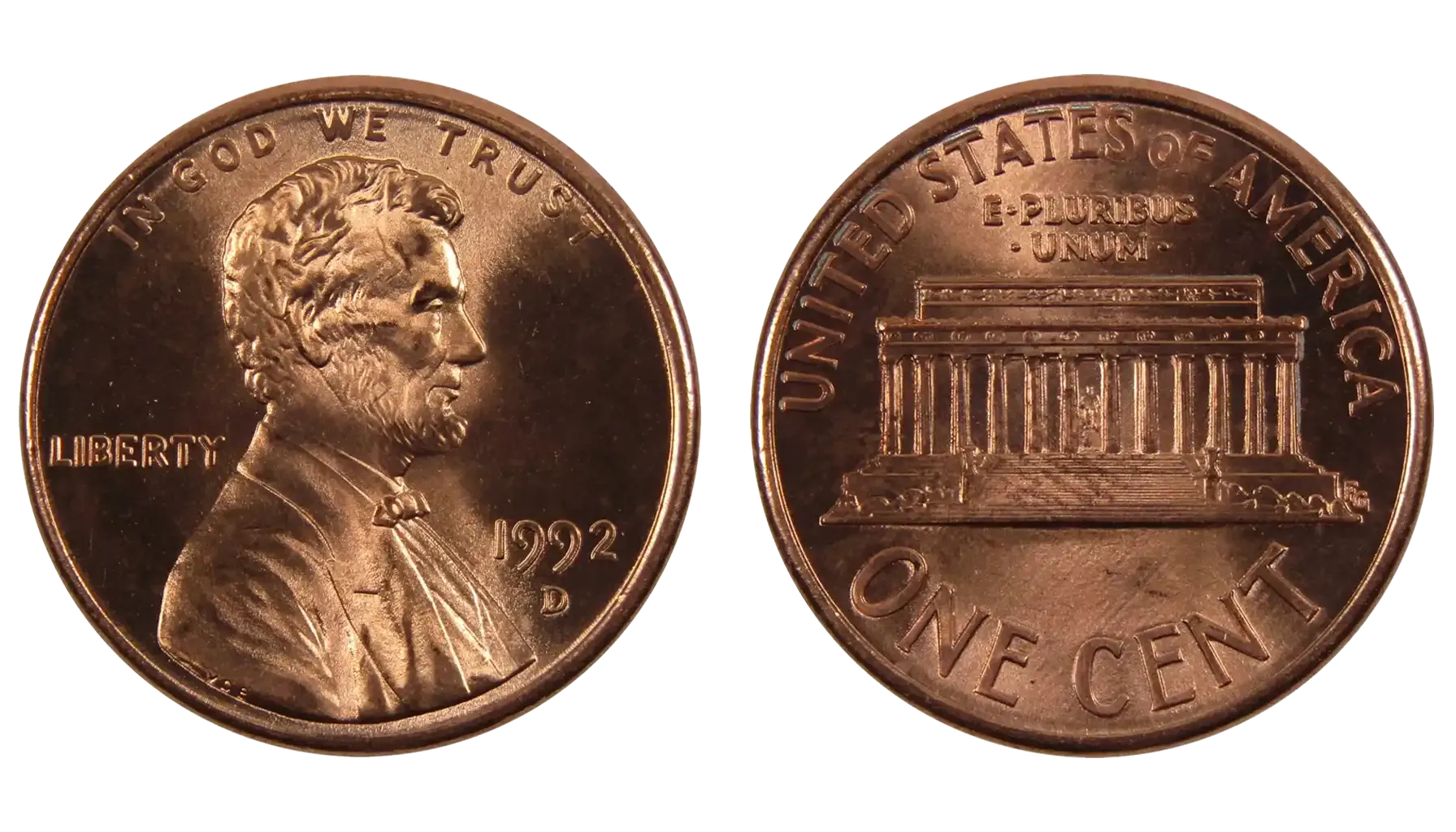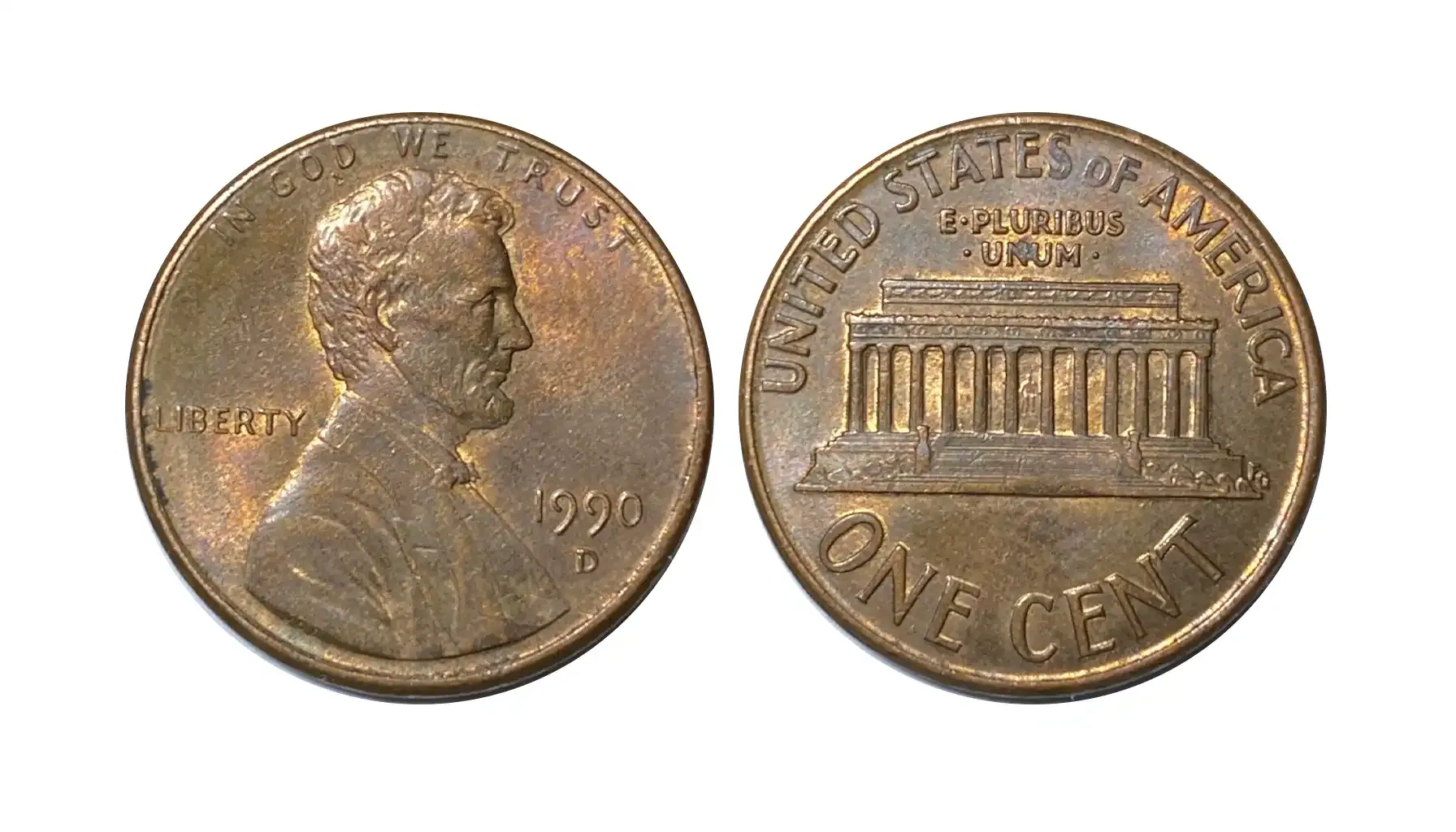Contents:
How much is a 1936 Buffalo nickel worth?
Let’s set the record straight — 1936 Buffalo nickel value today depends on far more than just the date. Mint marks, condition, and rare errors can send its price soaring.
Some coins may cost just a dollar. Others? Hundreds. But don’t worry, we’re breaking it all down — from 1936 Indian Head Buffalo nickel value and an app to identify coins to rare 1936 Buffalo nickel error value coins that spark bidding wars.
Feature | Description |
Year | 1936 |
Designer | James Earle Fraser |
Obverse | Native American Chief |
Reverse | American Bison (Buffalo) |
Mint Marks | None (Philadelphia), D, S |
Composition | 75% Copper, 25% Nickel |
Weight | 5.00 grams |
Diameter | 21.2 mm |
Edge | Plain |
What Is This Buffalo Head Nickel 1936?
The 1936 nickel Indian head, officially known as the Buffalo Nickel, marked one of the final chapters in this beloved series (1913–1938). Designed by James Earle Fraser, the coin aimed to honor Native American heritage and the untamed frontier.
The obverse features a composite portrait of three Indigenous chiefs.
The reverse? A brawny American bison, modeled after Black Diamond, a Central Park Zoo buffalo.
With over 158 million minted across three locations (Philadelphia, Denver, San Francisco), it became one of the most widely circulated of the series.
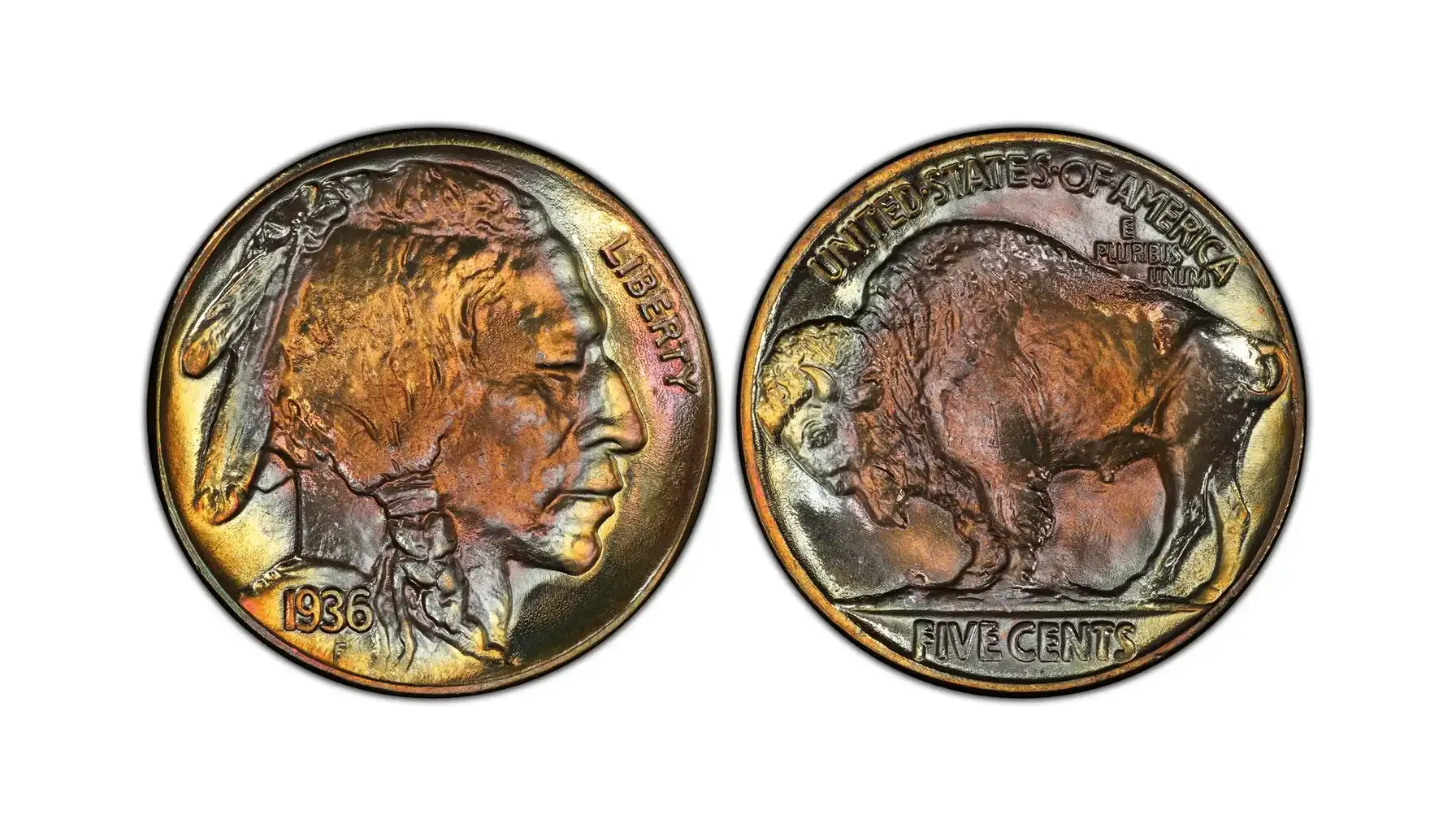
How Much Is a 1936 Nickel Worth?
Wondering what is a 1936 Buffalo nickel worth or what makes a 1936 Buffalo nickel rare? Mint location and condition are the two biggest drivers.
Let’s dissect each variant.
Where Is the Mint Mark on a 1936 Buffalo Nickel?
Look under the “Five Cents” on the reverse. You’ll find:
No mint mark = Philadelphia
D = Denver
S = San Francisco
1936 Nickel Value Table
Type | Good | Fine | Extremely Fine | Uncirculated |
1936 Buffalo nickel value no mint mark | $1 | $1.75 | $3 | $9 |
1936 D Buffalo nickel value | $1 | $1.75 | $4 | $12 |
1936 S Buffalo nickel value | $1 | $1.75 | $4 | $12 |
What Is the Error on a 1936 Buffalo Nickel?
Let’s talk about what really spices things up — mistakes. These pieces can fetch hundreds, even thousands.
Error Type | Description | Buffalo Nickel 1936 Value |
Doubled Die Obverse (DDO) | Doubling of date and Native American features | $125 – $500+ |
3½ Leg Buffalo | Missing front leg due to over-polishing | $300 – $2,000+ |
Off-Center Strike | Strike not aligned properly | $50 – $200+ |
Die Cracks or Cuds | Raised lines or blobs from die failure | $20 – $150 |
Disclaimer: The prices may vary due to market trends. Curious what is the value of a 1936 buffalo nickel if it has an error? That depends on rarity, visibility, and demand — but rest assured: collectors go wild for these.
Condition Matters: Grading at a Glance
Uncirculated: Crisp, sharp, untouched — possibly worth 10x more than a worn piece.
Extremely Fine: Light wear only; all features clearly defined.
Fine: Moderate wear, but key elements (face, bison) are visible.
Good: Heavy wear, but date and type still identifiable.
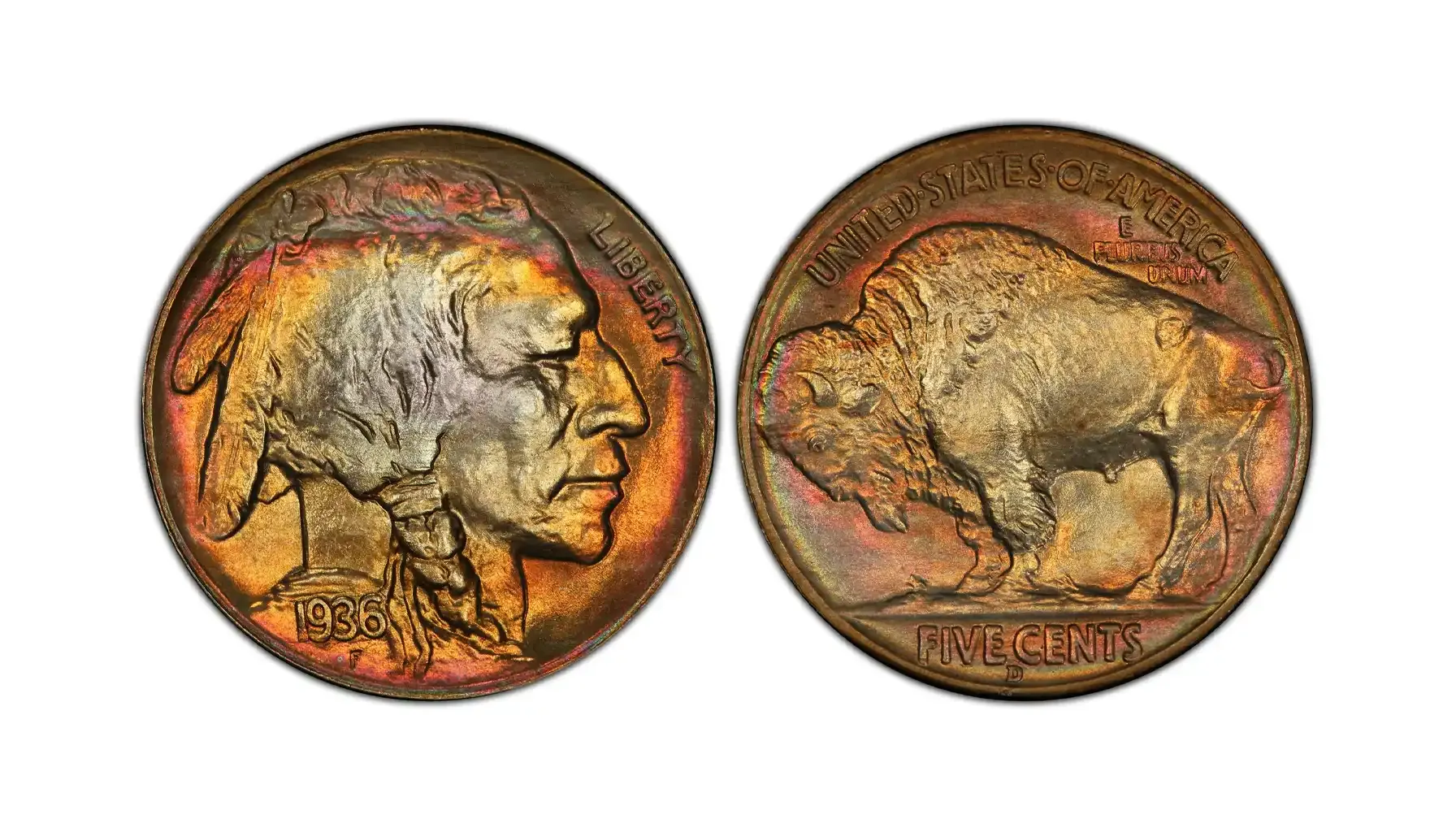
So... Is a 1936 Buffalo Nickel Worth Anything?
Yes — and possibly much more than you think. If you own an Indian Head nickel 1936, even in average condition, it's a collectible. But if you’ve got a well-preserved or error variant? You might just be holding a small fortune.
Here’s your quick checklist:
Check for mint mark (D, S, or none)
Evaluate condition (Uncirculated = $$$)
Search for errors (double dies, leg errors, etc.)
Consider 1936 P Buffalo nickel value (Philadelphia = no mint mark)
Understand that even 1936 nickel coin value can change with the market
Know What You Hold with an App
So you’re staring at your coin, unsure if it’s pocket change or a payday. Stop guessing.
The Coin ID Scanner app gives you instant answers:
Snap a photo of your coin
Get real-time identification powered by AI
Instantly access value and numismatic details
Save your collection digitally
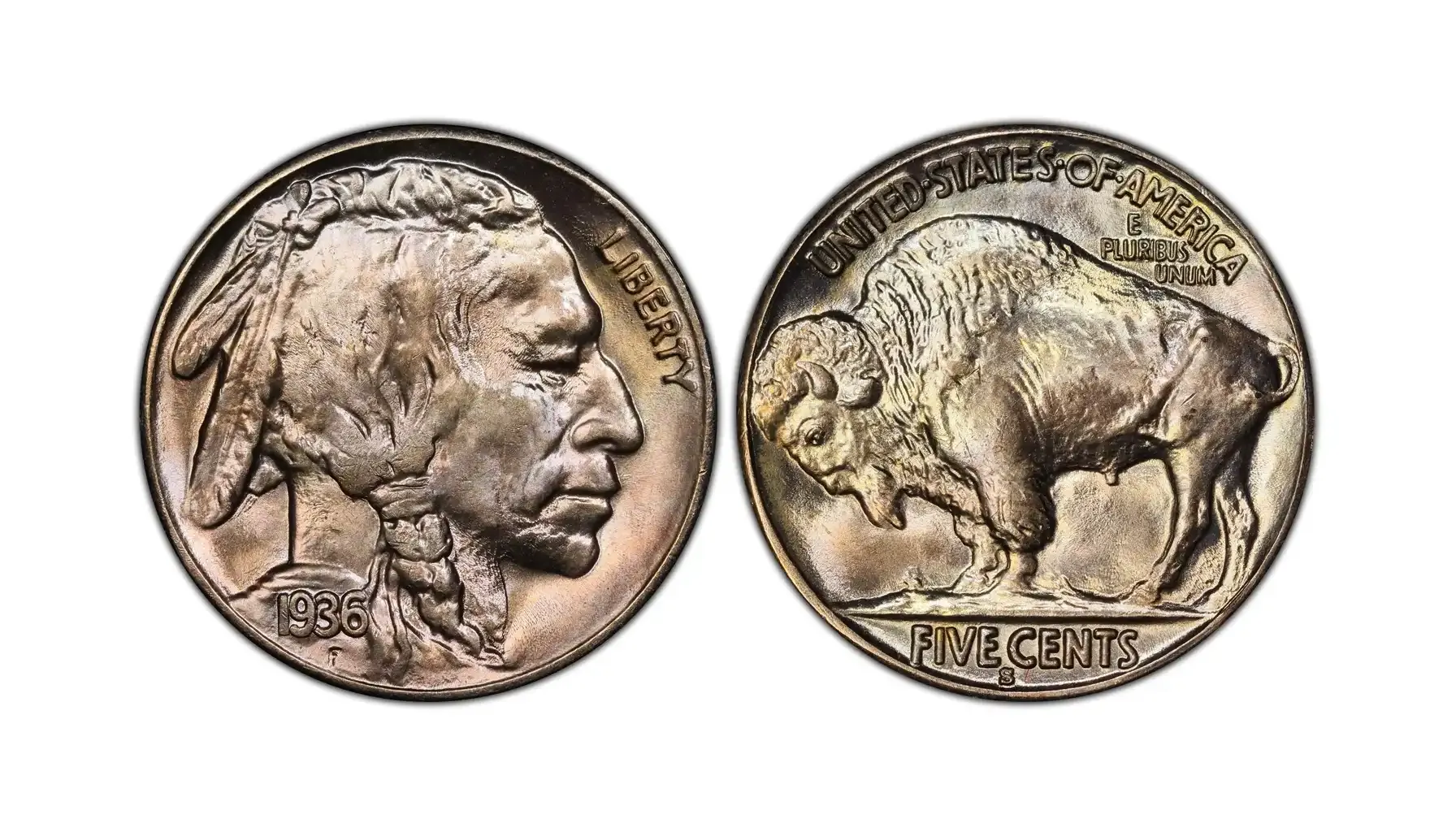
Don’t let your collections go unnoticed. Find out exactly what your 1936 Indian Head nickel value is — down to the cent.
Ready to discover the real worth of your coins?
Download Coin ID Scanner and unlock the story behind every coin you have.
FAQs
What Does the “F” Stand For?
The “1936 F Buffalo nickel value” often confuses collectors, but let’s clear this up: the “F” is not a mint mark. It represents the initials of James Earle Fraser, the coin’s designer. The "F" appears subtly beneath the date on the obverse (Indian side). Some misinterpret it as a unique mint designation (e.g., 1936 Buffalo nickel F under date), but it is present on all coins of this type, regardless of where they were minted. So if you're wondering whether the value is higher because of this letter, the answer is: not specifically. However, if the coin is well-struck, the “F” is often more visible — which helps in determining a higher grade, and thereby, a better price.
Is There a 1936 E Buffalo Coin?
This is a common misunderstanding caused by misreads or even counterfeit alterations. There is no official mint mark “E” in U.S. Mint history. Still, the term “1936 E Buffalo nickel value” sometimes pops up due to the following reasons: A poorly struck “S” or “D” mint mark might appear like an “E” under wear or damage. In rare hoaxes or altered coins, the mark may have been tampered with to fool buyers. It could also be a typo or misinterpretation in online sales listings. So if you’ve come across a 1936 Buffalo nickel E, be cautious. It’s either misread, damaged, or counterfeit. Its value would not exceed a normal coin’s unless it has another unique trait, such as an error or pristine condition.
What’s the Difference Between a Buffalo Head and an Indian Head?
When collectors search for 1936 Buffalo head nickel value or Indian head nickel 1936, they’re actually talking about the same coin. The Buffalo one has earned both names — and here's why: Indian Head: Refers to the obverse, which features a Native American. Buffalo Head: Refers to the reverse, which shows a buffalo (bison). Both terms are correct in casual usage, though "Indian Head" is the official designation. In collector catalogs or professional grading contexts, you’ll see "Indian Head" more often.
What Makes It Valuable Beyond Mint Marks and Errors?
ou already know about mint marks and famous errors, but collectors often ask what else boosts the Buffalo nickel value 1936. Let’s look at secondary factors that can make a price rise substantially: Eye appeal: Strong contrast, deep strike, full rim, and sharp detail raise value. Luster: A coin with remaining original mint luster (especially in uncirculated grades) draws higher bids. Strike quality: Some 1936 coins have notoriously weak strikes, especially on the buffalo’s head and the Indian’s braid. A fully struck one is rarer — and more desirable. Toning: Attractive natural toning (rainbow hues, rich amber, or blue steel) adds aesthetic value and appeal to premium collectors.
Why Is This Coin Still Popular Among Collectors?
The value of 1936 Buffalo nickel today reflects more than just metal and market. This coin has a powerful legacy: It's one of the last years before the design was retired in 1938. The mintage was large, making it an accessible entry point for new collectors. It's special in American coinage — few other coins capture national identity like this series. It’s a staple in many U.S. coin collections and albums. Even a worn-out 1936 Buffalo nickel no mint mark value still tells a story — of Western heritage, artistic excellence, and a time when coin design mattered. Combine that with variety across mints and errors, and you’ve got a perennial favorite.

